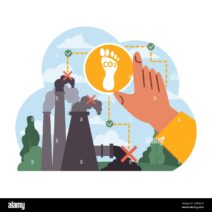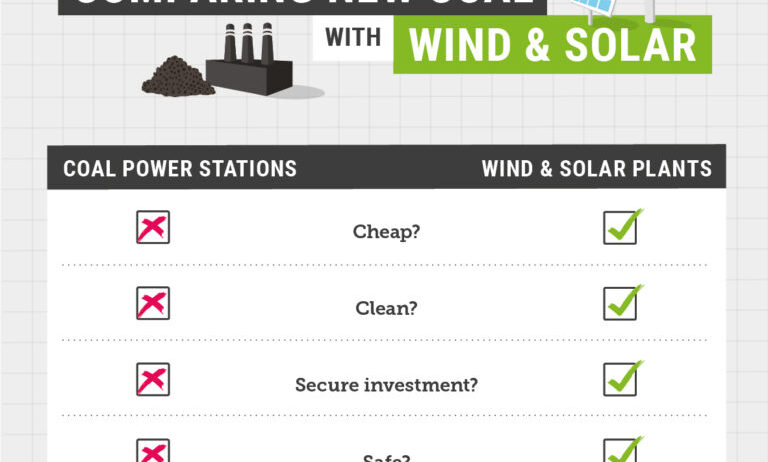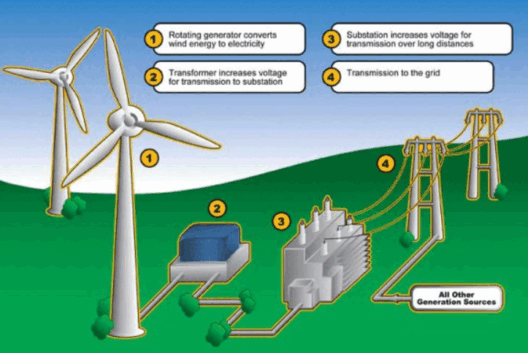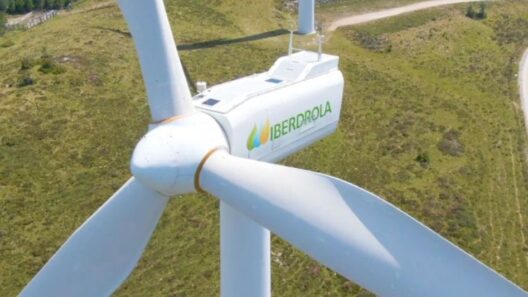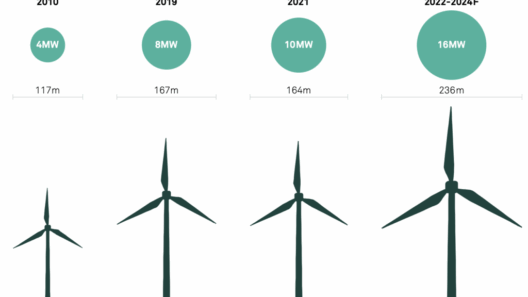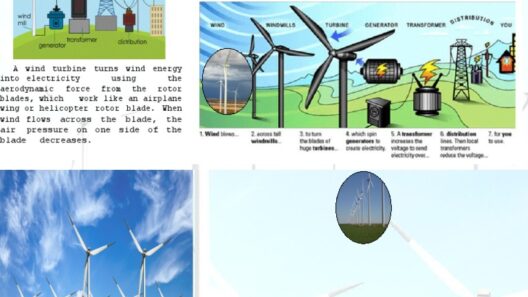In a world increasingly aware of the climate crisis, the quest for clean energy appears more urgent than ever. The conversation invariably circles around how traditional energy resources—coal, gasoline, and oil—stack up against renewable sources such as wind power. The common perception is that fossil fuels are the backbone of modern civilization, but the repercussions of their usage on the environment beg crucial questions: Could wind power emerge as the champion of clean energy?
Understanding the foundations of energy generation and their environmental impacts is pivotal in navigating the complexities of this debate. Clean energy sources not only provide electricity but also assure sustainability for future generations. In this intricate tapestry of energy generation, the juxtaposition of fossil fuels against wind power unveils a multitude of factors that contribute to their environmental footprints.
The following sections delve into the pollution profiles, sustainability indicators, and cost-effectiveness of each energy resource to illuminate the ever-challenging choice between fossil and renewable energy sources.
Unveiling the Environmental Cost of Fossil Fuels
The allure of fossil fuels—coal, gasoline, and oil—stems from their historical role in driving industrialization and economic growth. Yet, this has come at a hefty price. These resources are inherently associated with significant greenhouse gas emissions. When burnt, coal releases large quantities of carbon dioxide and other harmful pollutants that deteriorate air quality. Methane, another potent greenhouse gas, is often associated with oil extraction processes and can leak into the atmosphere during drilling operations.
Coal is one of the dirtiest sources of energy. It not only emits more CO2 per unit of energy than oil or natural gas but also leads to the release of sulfur dioxide, a precursor to acid rain, and particulate matter that can cause respiratory ailments. Gasoline and oil also contribute to air pollution and can contaminate water supplies during extraction and transportation. The cumulative effect of these emissions is both troubling and undeniable: global warming, climate change, and myriad health issues.
Efficiency and Accessibility: The Economic Implications
Traditionally, the economic feasibility of fossil fuels has bolstered their usage. They provide energy in a reliable manner and have well-established supply chains. However, the infrastructure underpinning fossil fuel dependency is increasingly under scrutiny. As extraction becomes more challenging and environmentally damaging, the costs associated with these fuels are expected to rise.
In contrast, wind power presents an astonishingly low marginal cost once the initial investment in turbine technology and installation is made. Once a wind farm is operational, the ongoing costs are minimal, with wind as a free and inexhaustible resource. Recent advancements have not only improved wind turbine efficiency but have also reduced technology costs. The result? Competitive pricing that is increasingly difficult for fossil fuel energy to beat.
Wind Power: The Beacon of Sustainability?
The sustainability of an energy resource hinges on its capacity to meet present needs without compromising the ability of future generations to meet theirs. Wind energy stands tall in this regard. Wind turbines produce electricity without emitting pollutants. The lifecycle emissions associated with wind power are significantly lower than those of fossil fuels when considering manufacturing, installation, and decommissioning.
Furthermore, the land footprint of wind farms is notably less invasive compared to oil rigs or coal fields. Ecological impacts related to habitat disruption are far less severe. Additionally, wind energy contributes to local economies without depleting natural resources, allowing for a coexistence that nurtures both human and ecological well-being.
Intermittency and Noise: Acknowledging Wind Power’s Flaws
While the benefits of wind power are substantial, it is essential to address some inherent drawbacks. Wind energy is not a completely steady resource; its production fluctuates depending on wind patterns. This intermittency can create challenges for grid management and reliability. However, advancements in battery storage technology and diversified energy portfolios are successfully curbing these concerns, making clean energy sources more viable in varying conditions.
Moreover, the aesthetic and auditory concerns regarding wind farms often arise in discussions about their deployment. Local communities may oppose the construction of wind turbines, citing potential noise pollution and alterations to landscapes. These concerns warrant respectful dialogue and thorough planning to ensure that the needs of the community are integrated into energy solutions.
A Path Forward: Rethinking Our Energy Landscape
Transitioning towards wind energy—while phasing out dependence on fossil fuels—requires a collective commitment to infrastructure development and funding for renewable technologies. Policy support from governments combined with public awareness can fuel this transition, making it economically beneficial for individuals and industries alike.
Transmission upgrades and energy storage solutions are crucial to harnessing wind power’s potential. Together, they can mitigate intermittency concerns and offer a crux for smooth integration into existing grids. As we pivot towards cleaner sources, it’s essential to engage in a multi-faceted energy strategy, incorporating diverse renewables while optimizing current infrastructures.
In conclusion, the imperative to explore alternatives to fossil fuels is not merely an environmental quest—it is a societal necessity. While wind power may not be without its challenges, it offers a bounty of benefits that fossil fuels can no longer match in today’s climate context. As both technology and policy become increasingly favorable towards renewables, an unwavering pursuit of energy justice and sustainability heralds a promising horizon. The future of energy lies not in the shadows of coal or oil but rather in the winds that sweep across our landscapes, waiting to be harnessed for a cleaner, brighter tomorrow.


